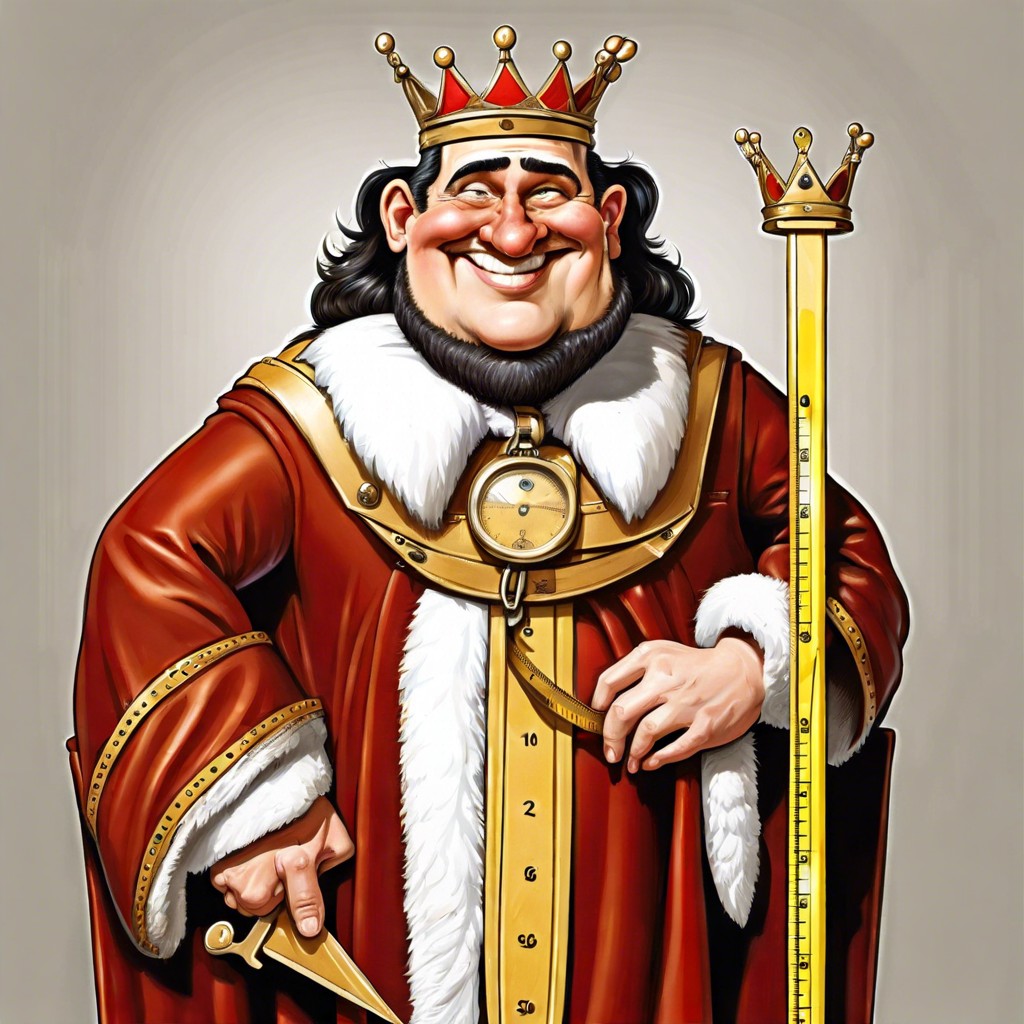Curious about the size of an epidural needle? This article breaks down what you need to know about its dimensions and usage.
Key takeaways:
- Epidural needle is 3-3.5 inches long, like a pen cap.
- Needle thickness is about the same as a spaghetti noodle.
- Needle has a curved end for precision and safety.
- Getting an epidural feels like pressure, not sharp pain.
- Momentary discomfort is worth the pain relief.
What Is an Epidural?
Think pain relief magic. An epidural is a medical procedure that involves injecting anesthesia into the epidural space of your spine. Picture it as creating a comfy little cushion around your spinal cord to block pain signals.
First off, it’s primarily used during childbirth, but it’s also handy for surgeries and chronic pain management. Doctors love it for its precision. They can control the dosage, meaning you can adjust the pain relief just like you’d dial the volume on a TV—except, you know, more medical and less binge-watching involved.
It doesn’t knock you out completely, which is great because you get pain relief without losing your marbles. And the best part? You can stay awake and even chat through your contraction-free bliss. It’s like getting VIP access to a pain-free event.
How Big Is the Epidural Needle? What’s the Epidural Needle Size and Length?
Brace yourself for some surprising information: the epidural needle is actually larger than your average sewing needle. But before you run away screaming, let’s break this down calmly.
First things first, the needle isn’t as gigantic as a harpoon. It typically ranges from 3 to 3.5 inches in length. That’s about the same size as a standard pen cap. Don’t worry, once it’s in place, the needle is out of the picture and a much smaller catheter remains.
The thickness? It usually hovers around 0.90 to 1.1 millimeters. That’s about the same diameter as a spaghetti noodle! Not exactly thick enough to resemble an iron rod, and not thin enough to be confused with a whisker.
The needle has a slightly curved end to help guide it precisely. It’s designed to bypass nerves and avoid damaging tissues.
So, while the needle may sound intimidating, remember: it’s all about precision and safety. La dolce vita with that epidural, eh?
Does Getting an Epidural Hurt?
The concept of pain during an epidural might seem daunting, but let’s break it down in a way that takes the edge off.
First, you’ll get a local anesthetic to numb the area where the epidural needle will go. Think of it like a tiny bee sting, followed by a sense of numbness.
Once the area is numb, the actual insertion of the epidural needle feels more like pressure rather than sharp pain. Imagine someone pressing a dull pencil against your back – weird, yes, but hardly agony.
Many people can’t even tell the needle is in once the numbing kicks in. They’re too busy thinking about other things. Like “Did I remember to record the season finale of my show?”
Lastly, the relief the epidural provides often outweighs any initial discomfort. For most, it’s a trade-off well worth the momentary weirdness.
In the end, while everyone’s pain threshold is different, the brief discomfort usually gives way to sweet, sweet relief. Keep your eyes on the prize!




